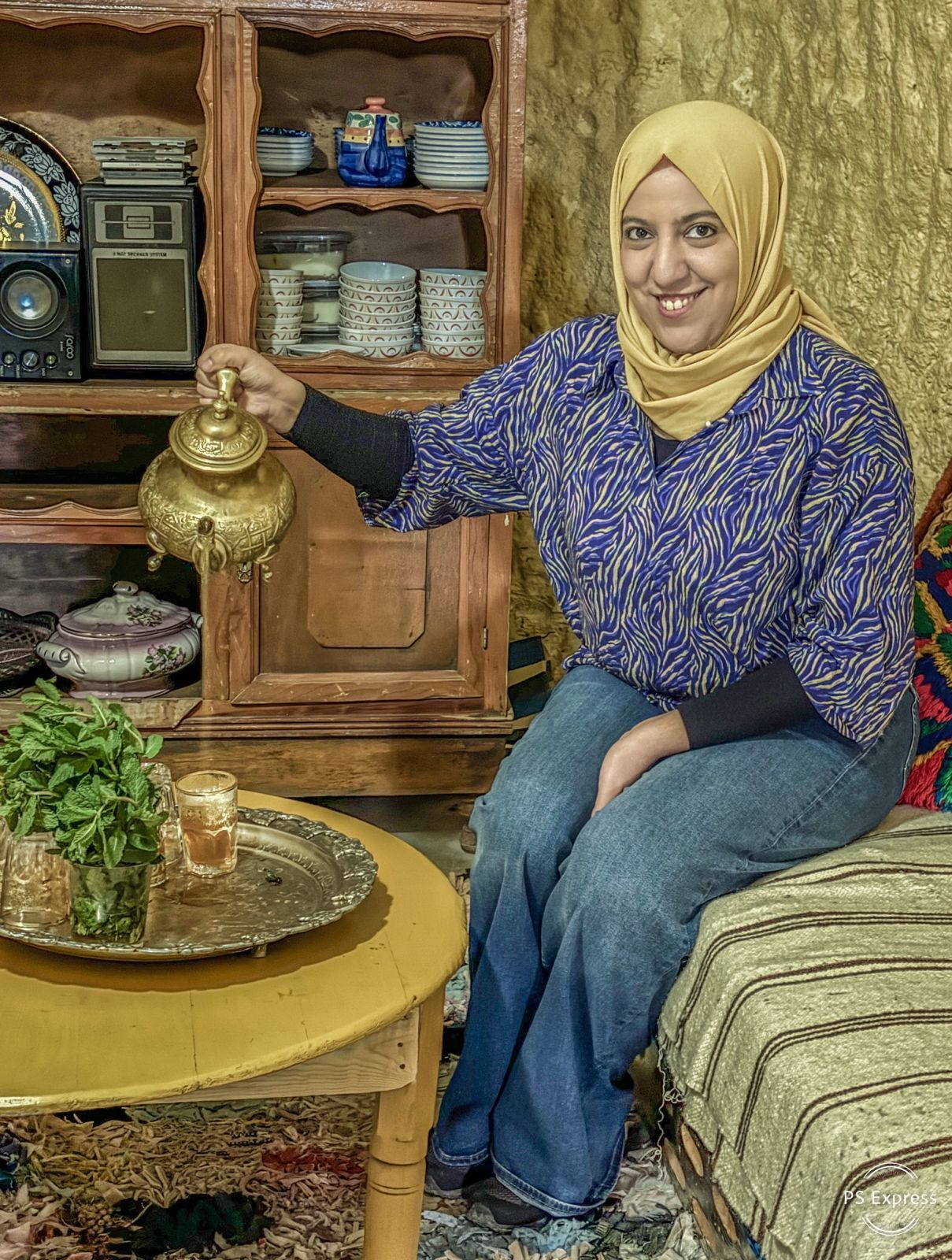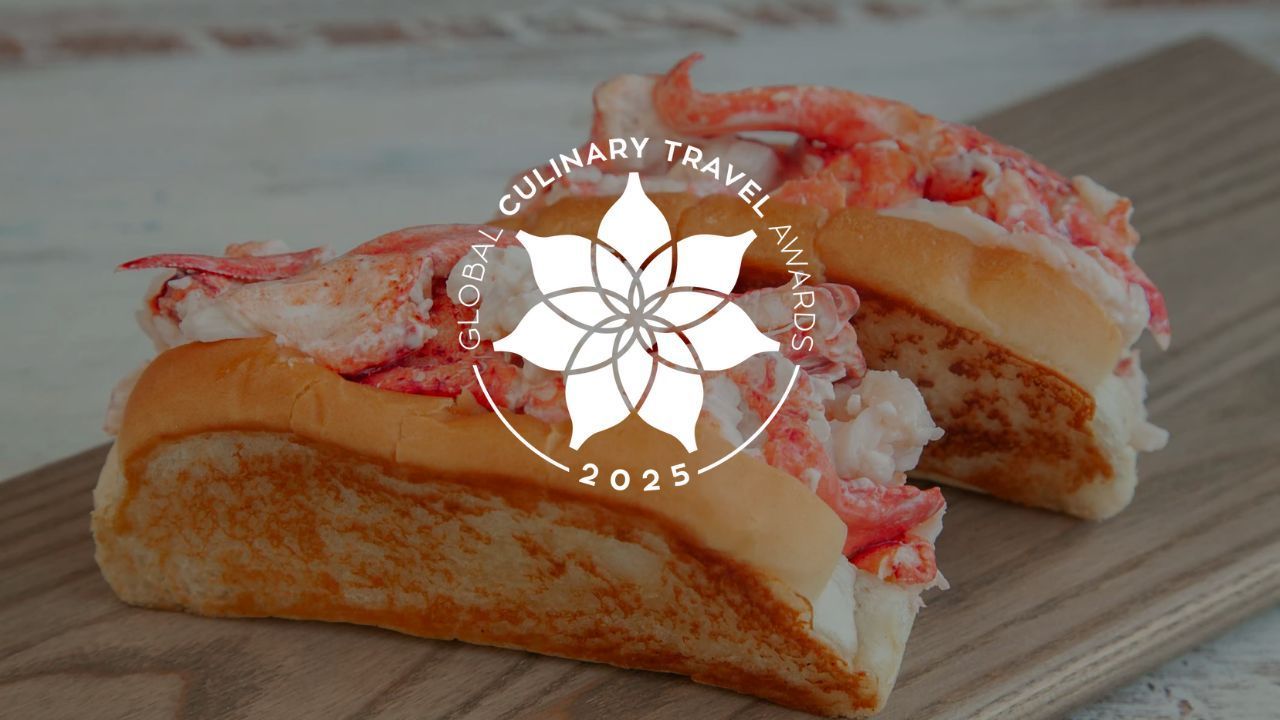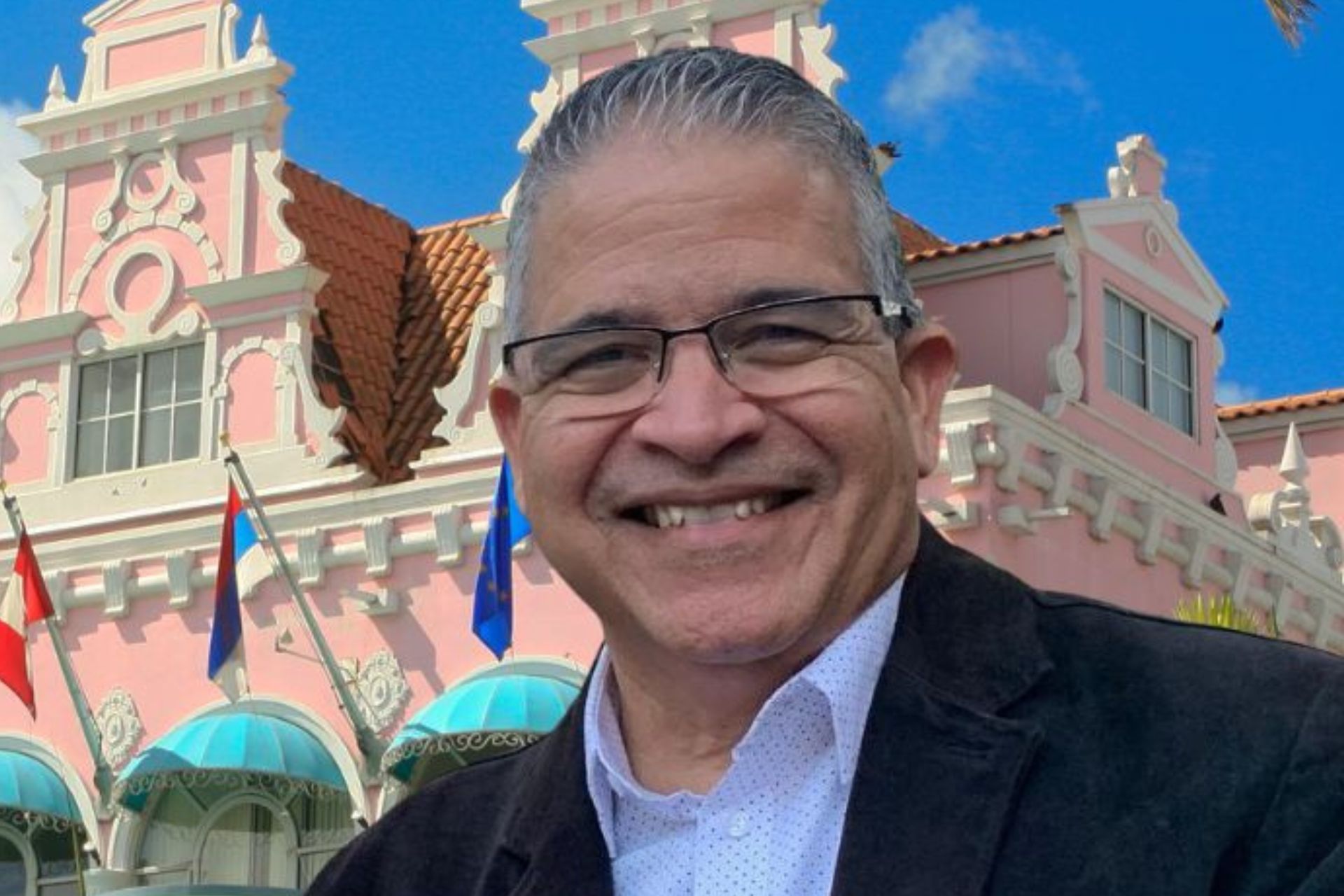What is Taste? An Italian perspective.

Listening to one of Ludovico Einaudi’s latest compositions makes me think. Without any specific or consistent theme, the music carries my thoughts far away from the university library full of books, where I am seated. It is like it has lost its essence. Once full of people sharing their time together, where just a simple glimpse of an eye could make you feel alive and aware. Social distancing does not really work for human nature.
While absent-minded, the same music pushes me to gaze into the horizon. This picturesque view enchants me, its changing shades of color leading me every day, after sunset, to wander among the infinite. I often think about this moving vision, because I do not know what hides behind those hills and mountains. I am curious by nature and can only try to imagine a future reality in those new places. This is the dream that brings me back to consciousness and which inspires answers to these questions: What are you looking for? What pushes you forward? And what characterizes you as a person? In my case, the answer is an unstoppable desire to travel and learn about new cultures, new people and new forms of expression. And above all, it is that innate desire to discover how people of a certain territory express themselves through their way of cooking, eating and taking care of their local food production. Another activity I love while traveling is to imagine how the various landscapes and their hidden ingredients could mix together in order to create new dishes. For example, I live in a house above the Onyar River in Girona, Spain. From my window, in the springtime, I will see carp, algae, lime tree leaves and flowers, but also a lot of water flowing out to the sea. It sounds like an easy life, but just imagine trying to create a local recipe with ingredients like those.
However, I don’t want to write about culinary innovation. I’m thinking more about the characteristics of how Italian food tastes. Its taste echoes the notes of Einaudi’s “Seven days walking” composition and its “rhythmic cadence” creating a contrasting feeling, namely nostalgia. Sometimes it happens that an emotional turmoil makes you sad and disheartened, with a great desire to return to places of your past to find again hope and passion. In other words, to rediscover something that makes you feel happy and good.
There are various ways to overcome, or at least, coexist with, nostalgia. One is to belong to a community. To this end, the first thing I did was to look for Einaudi’s birthplace. As I suspected, he is Piedmontese like me. I don’t know him personally. I don’t even know where he is now, but immediately in my mind, I started an imaginary culinary walk with him in the Langhe hills of Piedmont, along trails in the Alps, between the lakes and my home town of Ivrea. Immediately I feel better – happy again, but just to realize that I spent so many hours sitting here forgetting about lunchtime. Perhaps, it is the real sensation of hunger that causes nostalgia, but I cannot leave only half-happy. Instead, I continue to search for more knowledge about food, allowing me to eat with my eyes and satiate my desire for Italian food. While looking into the digital world, I found that my new imaginary friend was interviewed by The Guardian newspaper. He mentioned an extremely simple recipe, and one I know too. I also remember returning home and smelling that delicious scent of brown butter and sage. When I smelled it, I instantly knew that my grandmother had just made fresh gnocchi.
My mouth is already watering. Therefore, I stop dreaming and hurry to explain to you what gnocchi are and what they represent for Italian cuisine. Quite often I play with the etymology of words because one can learn about the evolution of humankind and visualize how certain aspects of daily life combine with language. In the case of gnocchi, it refers to how the knuckles of our fingers resemble the strips of dough from which we make the little balls of dough. Throughout Italy you will find a thousand ways to make gnocchi – the Roman way, the Sardinian way, or maybe the Trentino canederli or, the Emilian fried version. Gnocchi is even used in dessert in Sicily – there are so many ways!
The most famous, however, is undoubtedly the potato gnocchi. Their history dates back to the end of the 18th century when a wheat famine forced the addition of potatoes in bread or pasta recipes. And it is precisely this addition to a flour and water dough or the so-called gnocchi Bignè, combined with other small transformations, that after a century we find the modern recipe, similar to today’s preparation of dumplings made from a mixture of boiled potatoes, egg, salt, and very little flour. The process is quite laborious but certainly, the most difficult part is finding the right potato: floury and without a lot of moisture. The moister the potato, the more flour we need to ensure that the dough remains compact and successfully retains its shape while boiling. However, that is not the biggest problem, adding too much flour would distract our palate from the main flavor, namely the potato. This is certainly the greatest characteristic of Italian taste: the pursuit of product quality, enhancing its natural flavor without much confusion.
Finally, there is still room for a final reflection. I want to link our present lifestyle, bearing in mind the COVID-19 pandemic, with our privileged Western way of life. Although we had to adjust to a completely different approach to our everyday activity, like restricting our mobility and being unable to travel on every whim, we still can satisfy our imagination with a plate of genuine “taste”. We are lucky still, and it is our responsibility, as practitioners in the world of gastronomy, to collaborate on a common goal of eliminating hunger on our planet.
We need to change our ways now and build a better world. Learning from our past helps us to gain the right knowledge of how our culinary traditions have adapted to resist the inclemency of nature. Nowadays the biggest threat is humankind itself. We are aware that we have the real strength to face the new challenges that await us, aware that every one of us can and must make a difference. This last thought brings us close as gastronomic actors, such as at a tourist market, and helps us to come together rather than be drawn apart, to overcome our fears rather than succumbing to new challenges, and also helping us to nurture our desire to share our hospitality. In Italy, as in many other countries, we show hospitality by adding an extra place at the dining table and spending many hours eating, singing, and enjoying life together. This is the truest pleasure of taste.
Written by Massimo Bonmassari. Edited by Erik Wolf.











